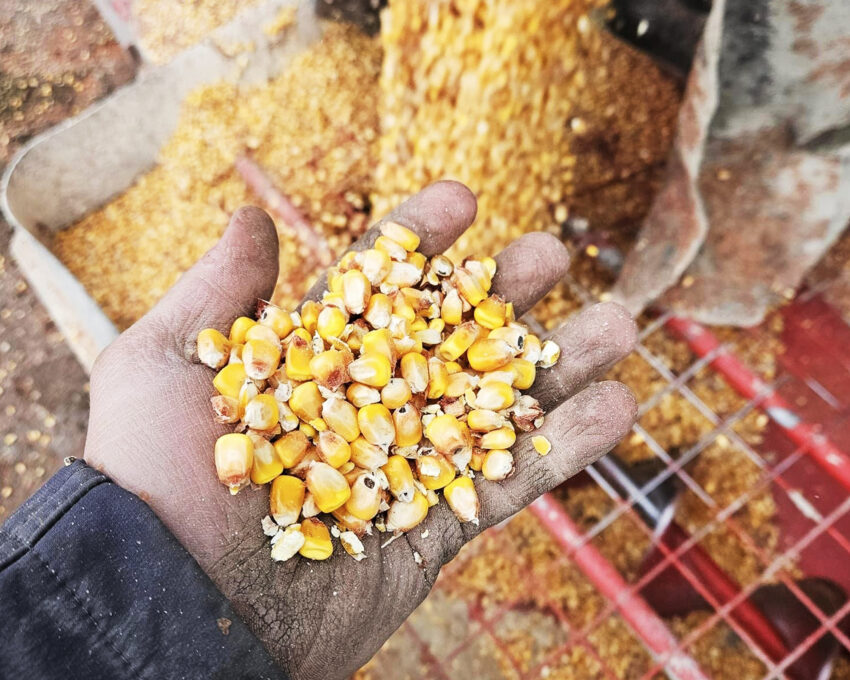Traditional silage storage methods, such as piles, pits, and bunkers, expose large amounts of feed to oxygen, leading to spoilage and up to 30% loss. This shrinkage significantly impacts farm profitability, costing thousands annually.
According to Steve Cullen, President of Versa Corporation, conventional silage storage allows excessive oxygen exposure, accelerating deterioration. The face of pits and bunkers remains open during feeding, causing ongoing spoilage. Silage bagging, however, limits air exposure by reducing the feedout face, preserving freshness and nutritional value.
During harvest, the time-sensitive process often leads to inadequate tractor packing, leaving oxygen trapped in piles. With silage bagging, oxygen is expelled immediately, and fermentation begins promptly, ensuring better feed preservation. Even a 15% reduction in loss can yield significant savings. For instance, a farm storing 10,000 tons of feed at $72 per ton saves $108,000 annually with a 15% shrink reduction.
Beyond reducing shrink, bagged silage extends feed life. Cows instinctively select the freshest feed, and bagged storage minimizes spoilage compared to long bunks, where uneaten feed molds and requires frequent cleaning. This preservation ensures cows consume more of the feed rather than wasting it, further improving efficiency and cost-effectiveness.
By adopting silage bagging, farmers can maximize feed utilization, reduce waste, and significantly enhance long-term profitability.
Discover how silage bagging can boost your farm’s efficiency and savings today.
For more information, call (800) 837-7288 or visit www.versacorporation.com.

